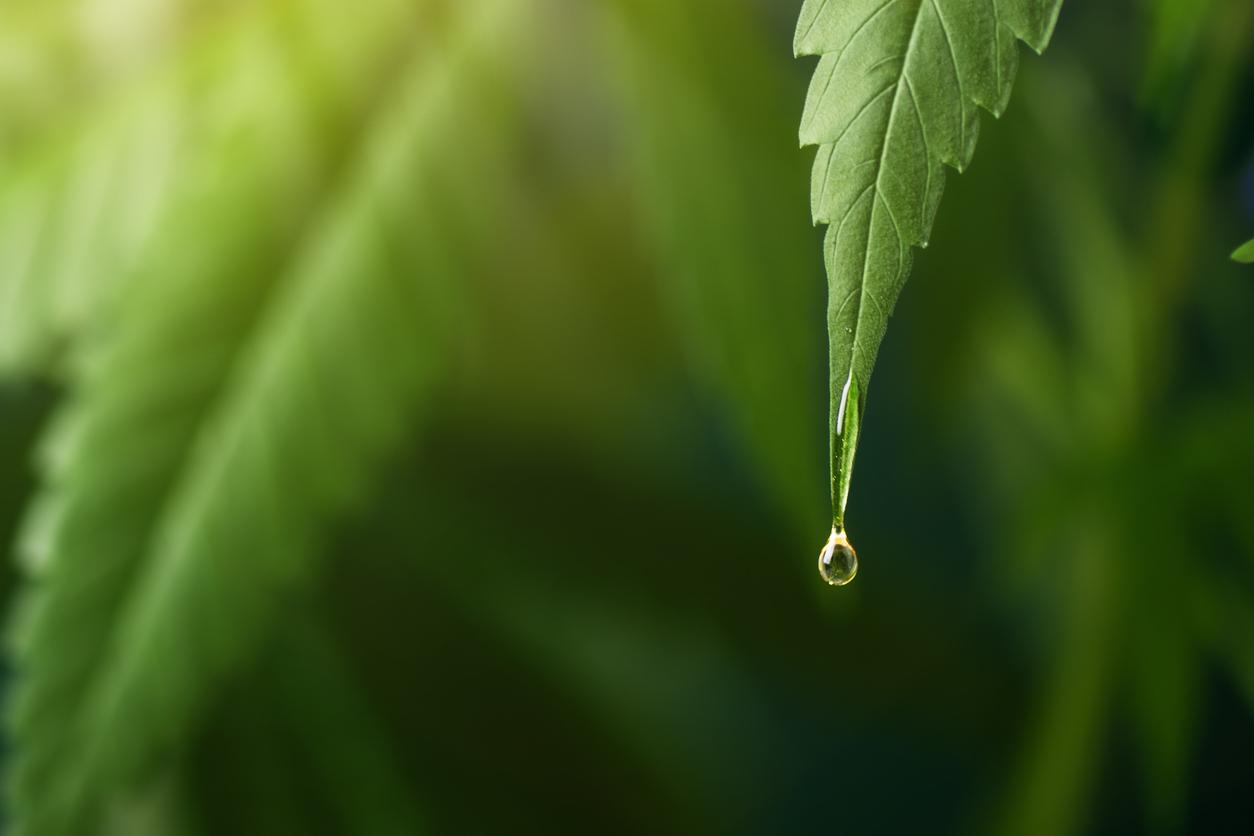A new study has looked into the phenomenon of “blue testicles”. Here’s what comes out of it.

- A new study has assessed the frequency of “blue testicle syndrome”.
- To do this, they recruited 2,621 people, 57% of whom had a penis and 43% a vagina.
- The team then asked them if they had ever experienced blue testicle syndrome and if it had been painful.
A new study published in the journal Sexual Medicine explored the phenomenon of “blue testicles”, which can sometimes take on this color and become painful at the end of intercourse.
To do this, the researchers recruited a sample of 2,621 people, of whom 57% had a penis and 43% had a vagina, among them transgender people.
Pain in their genitals
The research team then asked each participant if they believed in the existence of blue testicle syndrome, if they had ever experienced it and if it had been painful. The results were clear: people with penises were much more likely to report that the blue testicles phenomenon existed than people with vaginas.
People with penises were also significantly more likely to report feeling pain in their genitals at the end of intercourse. Specifically, 56% of men reported feeling genital pain at this exact time compared to only 42% of women.
What causes blue testicles syndrome?
The study also identified factors that could trigger blue testicle syndrome. Prolonged foreplay, such as intense kissing without penetration, was the most common cause among the men surveyed.
Despite the lack of studies on the matter, there are a number of theories about the phenomenon of blue testicles and its causes. One is that slowed blood flow from the testicles could partly explain the anecdotally reported pain and bluish color of the genitals.
Draining blood from the genitals
“After orgasm, the veins quickly decompress, which leads to emptying of blood from the genitals”, writes the team of scientists in their article. “According to this theory, the slowed drainage of blood in the absence of ejaculation can lead to prolonged congestion of the testicles and lead to discomfort or pain. Proponents of this theory attribute the blue color to deoxygenated blood appearing under the skin of the scrotum, she concludes.















